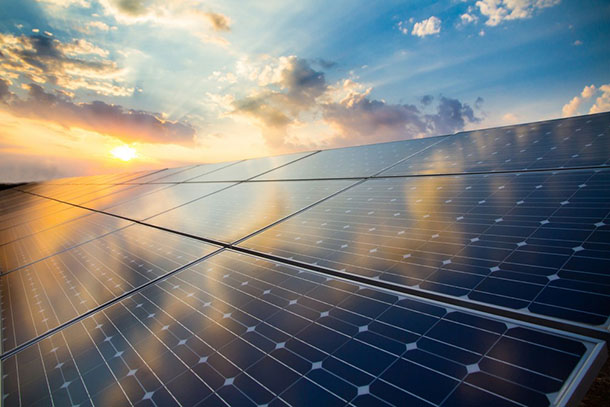
The global target of reaching 11TW of renewable generation capacity by 2030 is feasible, but according to the International Renewable Energy Agency (IRENA), actions such as modernising and expanding infrastructure, scaling up financing, and strengthening international collaborations are required to overcome structural barriers to global energy transition.
In its latest report Tracking COP28 outcomes: Tripling renewable power capacity by 2030, IRENA stated that the world added 473GW of renewables capacity last year with solar accounting for 73% of it. However, the record renewables capacity additions and the progress in the energy transition were insufficient to meet the 1.5°C scenario. By 2030, an additional 7.2TW of renewables generation capacity must be deployed to reach the required 11TW.
Unlock unlimited access for 12 whole months of distinctive global analysis
Photovoltaics International is now included.
- Regular insight and analysis of the industry’s biggest developments
- In-depth interviews with the industry’s leading figures
- Unlimited digital access to the PV Tech Power journal catalogue
- Unlimited digital access to the Photovoltaics International journal catalogue
- Access to more than 1,000 technical papers
- Discounts on Solar Media’s portfolio of events, in-person and virtual
IRENA added that under the 1.5°C scenario, G20 countries alone would need to grow their renewables generation capacity from less than 3TW in 2022 to 9.4TW by 2030, accounting for more than 80% of the global total. Globally, an average of almost 1.1TW of renewables capacity must be installed annually by 2030 – more than double the record set in 2023.
However, solar is the only type of renewable generation that will be on track to meet the 1.5°C scenario, with an average of 578GW of solar capacity installed per year between 2024-2030. Last year, IRENA called for the world to add 551GW of solar capacity per year by 2030 to meet the 2050 climate targets.
Overcoming barriers to energy transition
IRENA suggested some areas to overcome barriers to the energy transition. Firstly, modernising and expanding infrastructure is required as the mismatch between grid capabilities and the rapid deployment of variable renewables leads to increased curtailment of wind and solar PV projects.
Governments could streamline permitting procedures for large-scale infrastructure without compromising environmental and social impact assessments, foster public acceptance of renewable projects, and provide public finance to develop the required infrastructure.
Secondly, governments could consider placing energy transition at the core of national economic and development strategies, aligning sector or cross-sector policies to promote renewables deployment and other transition-related solutions, and adjusting policies, such as auction ceiling prices, to support the renewables industry.
Thirdly, international collaborations are also crucial to strengthening global finance flows, capacities and technologies in an equitable manner. Multilateral finance mechanisms need to be reformed to increase the flow of international public funds and low-cost finance, while equitable development in developing countries needs to be prioritised.
Global annual investments in renewables generation must increase from US$570 billion in 2023 to US$1,550 billion on average between 2024 and 2030, according to IRENA.
Last year, energy transition-related investments were estimated to have exceeded US$2 trillion, with emerging market and developing economies, excluding China, accounting for only 14% of global investments. The share even dropped to 10% after excluding Brazil and India. Therefore, IRENA suggested scaling up finance for developing countries.







